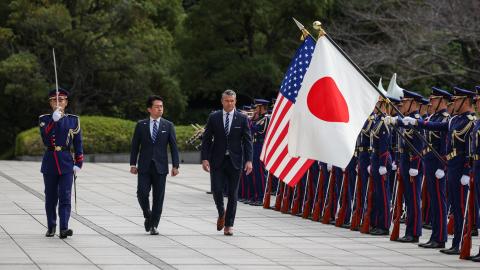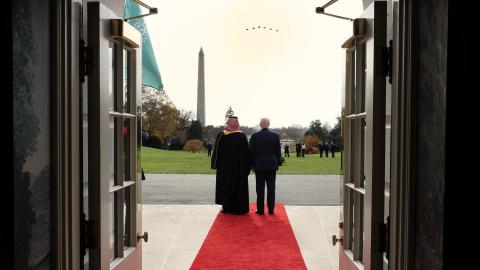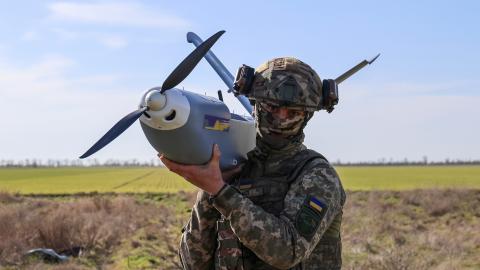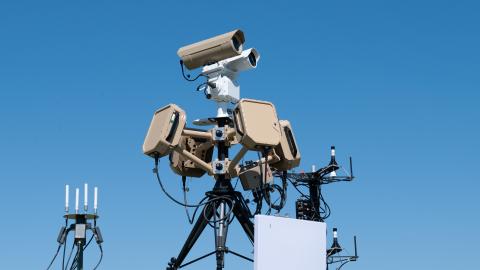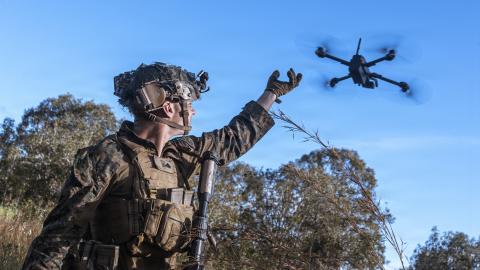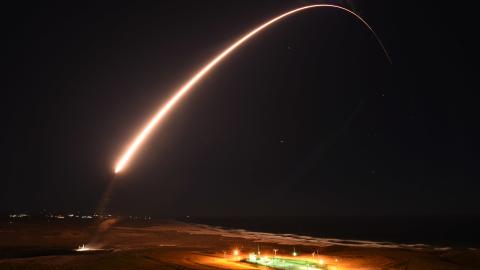This month, the Government Accountability Office (GAO) released findings on the Air Force’s troubled transition from the aging, silo-based Minuteman intercontinental ballistic missile (ICBM) to its far more advanced Sentinel replacement. We believe that the GAO report makes it evident that relying entirely on the current plan for silo-based ICBMs could pose grave risks that leave a future president with a far too-small ICBM force when the adversaries’ combined ICBMs have swelled.
The ICBM leg of the nuclear tried underwrites America’s global military posture. It is the central deterrent, which allows Washington to project conventional power abroad without suffering a crippling nuclear attack at home. But the US ICBM force is decades past its programmed lifespan, and the next-gen Sentinel system continues to shock elected officials with its soaring cost.
Given that the Air Force now says Sentinel will “predominantly” need new silos after years of saying the existing infrastructure will work for the new missile, now is the time for US officials to take a serious look at a road-mobile version of the ICBM.
At the core of Sentinel’s 81 percent cost overrun, on an initial estimate of $78 billion, are issues with its silos. The plan had been to simply reuse the Minuteman’s Cold War-era silos, with some upgrades, to forego having to build costly new ones. But the Air Force has since concluded that those aging launch platforms are in no condition to support Sentinel into the late 2070s. Brand new silos are needed — and thus the total program cost of Sentinel has soared.
By putting Sentinel on road-mobile launchers, pulled by heavy trucks in military convoys operating in the sparsely-populated quarters of the US, the next-generation ICBM could be deployed quicker — and cheaper — than waiting for new silos to be constructed.
Road-mobile ICBMs could reduce the ballooning cost of new silos by creating a mixed force which includes mobile missile launchers and silo-based missiles. While a mobile option may have appeared too costly when Sentinel plans were set in 2014, the total cost is likely lower relative to the information we now have about the realistic cost of fixed silos. The economics of a next-generation ICBM have changed. Not only that, the rapid buildup of China’s nuclear force simply demands the United States move faster and adapt its plans.
Mobile launchers, which would be garrisoned in peace time, and dispersed in crisis to controlled driving circuits in the Great Plains, have the advantage of further complicating an adversary’s calculations and frustrating their targeting by denying them a fixed target to attack, as is the case with silo-based missiles. This gives an advantage to the United States and strengthens its ability to deter attack.
Now, some have argued that the solution is not to pursue Sentinel, but to simply extend the life of the Minuteman silos and missiles once again. The GAO, for its part, indicated the Air Force could keep those missiles viable through 2050. This option, as attractive as it may seem on paper, has been explored repeatedly and is deeply unwise.
The first Minuteman deployed in 1970, and plans initially called for their retirement in the 1980s. It is only through extraordinary skill that the Air Force has sustained the decades-old technology that keeps those missiles on alert in their silos, every hour of every day, deterring nuclear attacks on the US homeland.
The GAO notes that extending Minuteman deployments would raise the possibility of attrition and age-related failure. This should come as no surprise. Former Strategic Command chief Adm. (Ret.) Charles Richard has stated that given its aging technology and basing infrastructure, Minuteman can’t be sustained indefinitely. The missiles’ casing and electronic subcomponents suffer wear and tear. And their concrete silo shelters and launch command centers show signs of decay, as some of these structures date back to the 1960s.
China is rapidly building up its nuclear weapons and Russia routinely engages in nuclear blackmail. Both are challenging the United States and threatening US treaty allies. For the ultimate guarantee of US survival against the possibility — however unlikely — of a nuclear strike against the homeland, the United States must maintain an ICBM force able to guarantee to any would-be attacker that it will be on the receiving end of catastrophic destruction.
Fielding Sentinel is the only prudent path forward. Make no mistake, it will be costly. But the security of the United States cannot afford to go without one. The United States can adapt, go faster and cheaper, and ensure it has the most reliable and effective ICBM force.
US officials can ensure that continued cost-overruns don’t lead to delays and a diminished ICBM force in the long run by empowering decision makers to cut through bureaucratic hurdles and by deploying Sentinel on road-mobile launchers.
Read the article, co-authored with Kyle Balzer and Robert Peters, in Breaking Defense.
